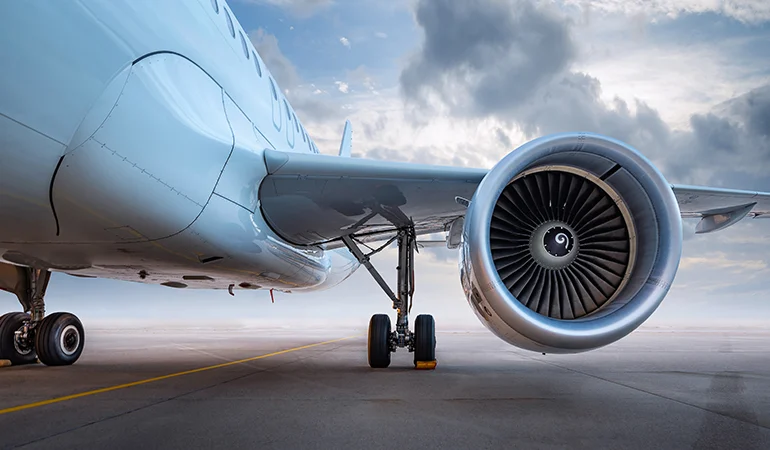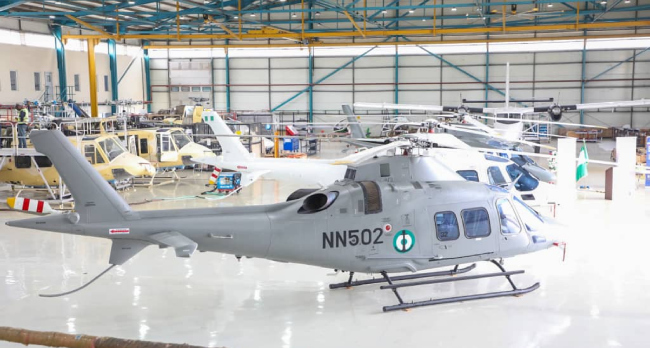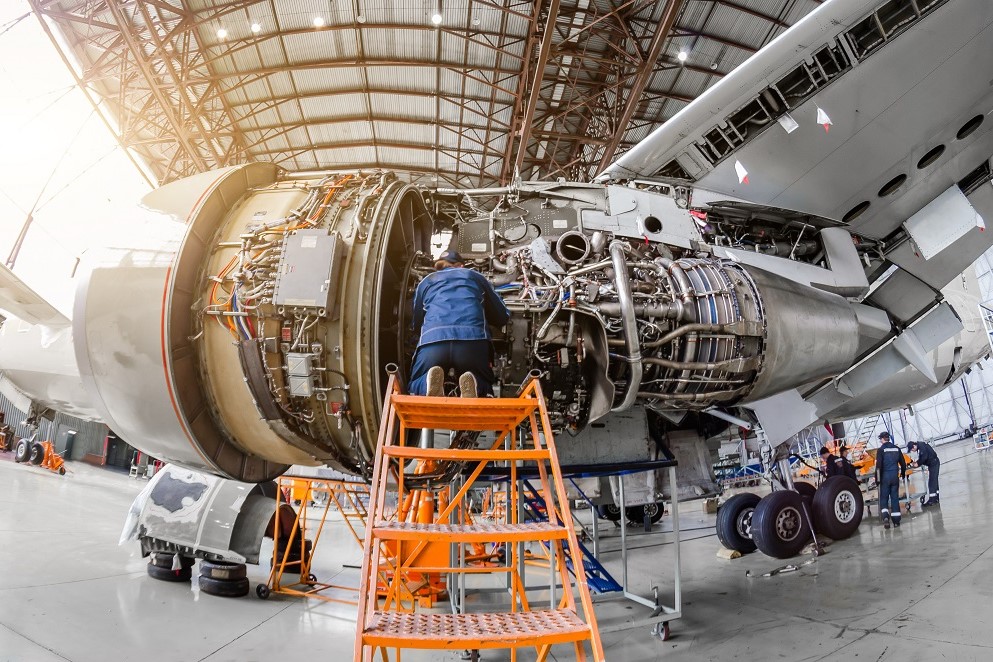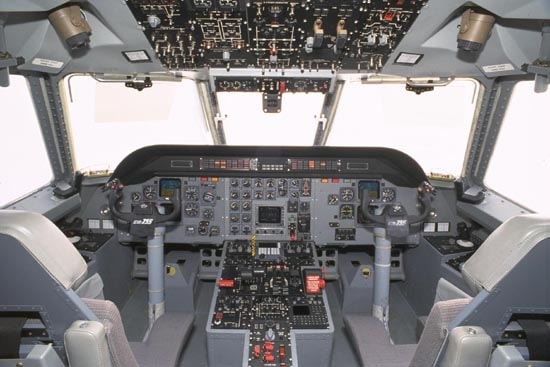Aviation maintenance demands precision, expertise, and vigilance to keep aircraft safe and operational. As engineers and technicians tackle complex systems like the AW139’s avionics or landing gear, effective strategies can elevate performance and reliability. Allied Aeronautics shares six essential engineering tips to drive success in aviation maintenance, ensuring your fleet soars with confidence.1. Prioritize Rigorous Documentation

Accurate records are the backbone of maintenance. Document every inspection, repair, and part replacement with detailed logs, including torque values and serial numbers. This ensures traceability for FAA or EASA audits and prevents errors. Use digital tools like Allied Aeronautics’ recommended MRO software to streamline documentation and stay compliant.
2. Embrace Preventive Maintenance Schedules
Reactive repairs lead to costly downtime. Follow OEM schedules (e.g., Leonardo’s AW139 maintenance intervals) to catch issues early. Regularly inspect critical components like rotor blades or hydraulic systems. Allied Aeronautics’ maintenance training emphasizes proactive checks, reducing aircraft-on-ground (AOG) risks and extending component lifespans.
In aviation, the difference between success and failure lies in the precision of maintenance and the commitment to safety.
—
John Glenn, Astronaut and Aviation Pioneer
3. Leverage Advanced Diagnostic Tools
Modern aircraft rely on sophisticated systems, requiring cutting-edge diagnostics. Use tools like borescopes for internal inspections or vibration analyzers for engine health. Allied Aeronautics equips technicians with training on these technologies, ensuring precise fault detection and efficient repairs, from avionics to airframes.
4. Stay Updated on Regulatory Changes
Aviation regulations evolve, impacting maintenance protocols. Monitor updates from FAA, EASA, or ICAO to ensure compliance. For example, new airworthiness directives may require specific AW139 inspections. Allied Aeronautics offers compliance workshops to keep your team informed, minimizing regulatory risks.
5. Invest in Continuous Training
The skills gap in aviation demands ongoing learning. Train on new aircraft systems, like AW139’s digital cockpits, or emerging tech, such as AI-driven maintenance. Allied Aeronautics’ AW139 Field Training and avionics courses empower engineers to master complex systems, boosting safety and efficiency.

6. Foster a Safety-First Culture
Safety is non-negotiable. Conduct pre- and post-maintenance checks, use lockout-tagout procedures, and verify tools are calibrated. Encourage reporting of near-misses to prevent incidents. Allied Aeronautics’ safety training instills these habits, ensuring every maintenance task prioritizes crew and passenger safety.

Elevate Your Maintenance with Allied Aeronautics
These engineering tips transform aviation maintenance into a pillar of reliability. Allied Aeronautics supports your success with expert training, quality-assured parts, and compliance solutions. Ready to optimize your operations? Contact us at +1 123 456 7890 or visit our website to explore our engineering services. Keep your fleet flying high!

